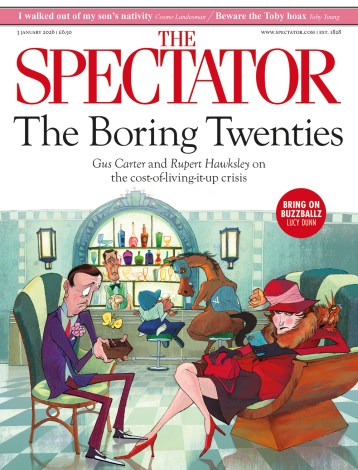Zany and sensory-rich: Scottish Dance's Amethyst/TuTuMucky at The Place reviewed
The Barcelona-born choreographer Joan Clevillé has form for off-beat storytelling with a streak of sincerity. Before becoming artistic director of Scottish Dance Theatre in 2019, he led his own dance theatre company, where even his wackier creations took their caprices seriously enough to get audiences on board. Clevillé’s new commission for SDT, Amethyst by Mele Broomes of Project X Dance, is sketched in similar shades. Zany and sensory-rich, this vortex of warbling voice work and zigzag dancing tallies up to something sleeker than its scrappy parts. The half-hour trio opens with Glenda Gheller on the mic, reciting a short speech about fragmentation — of stories, faces, perspectives, identities. ‘I feel



















